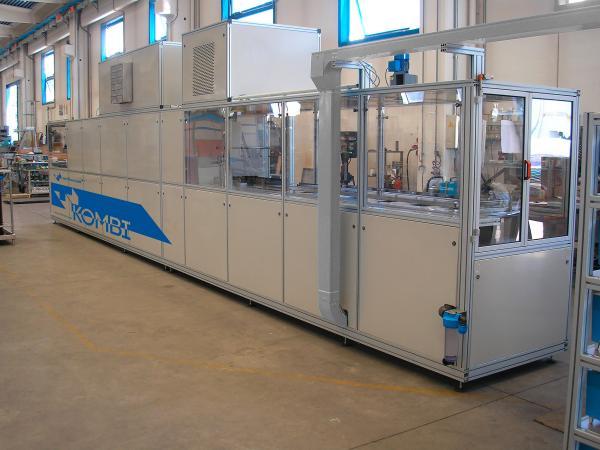Flow coating and dip coating: what are they and what are they used for? The two names indicate specific industrial processes used to apply a coating to the surface of an object or artefact. Let's take a closer look at what they are, starting with the general definition of 'coating'.
The term coating is used widely in the industrial sector, with a precise meaning that can take on different connotations, depending on the context.
In a nutshell, coating is a covering process.
The reasons for coating an object during finishing can be different, depending on the intended use, the material, and the conditions of use. For example, coating can be useful to:
Various materials are used to achieve the coating, depending on the desired effect: paints, enamels, resins or polymers, for example.
These materials are applied to the surface of the object according to different methods, such as spraying and electrodeposition, or dip coating and flow coating, which we will deepen in the next section.
Dip coating and flow coating have different characteristics. Depending on the type of result to be achieved and the area of application, one or the other technique can be chosen.
Dip coating is the process by which an object is immersed in a coating solution and then slowly extracted. During extraction, a thin film is deposited on the surface.
This method is widely used for large-scale applications, such as in the automotive and electronics industries. The advantages of dip coating are many. Let us look at them all.
Flow coating, on the other hand, is the process by which the coating solution is applied to the surface of the object and then flowed by the force of gravity or using a spray gun. This method is commonly used for smaller objects or water-based coating processes.
Flow coating also offers several advantages, which we present here.
The fields of application for flow coating and dip coating systems are many: they can include, for example, furniture and design industries, electronic goods, plastics industry, car and motorbike headlamp and visor production, eyewear, fashion and accessories in general, and aerospace sector.
The choice between the two methods, as we have seen, depends on the specific requirements of the application, the size of the object, and the desired coating features.
DBM designs and manufactures high-quality flow coating and dip coating systems that ensures the best yield even in complex processes.
Our plants:
DBM technicians assist customer companies by understanding their needs and analysing any problems they face. On this basis, they suggest the most suitable solution each time, proposing tailor-made flow coating and dip coating systems.
If you want to know more, contact our company and tell us about your needs.
